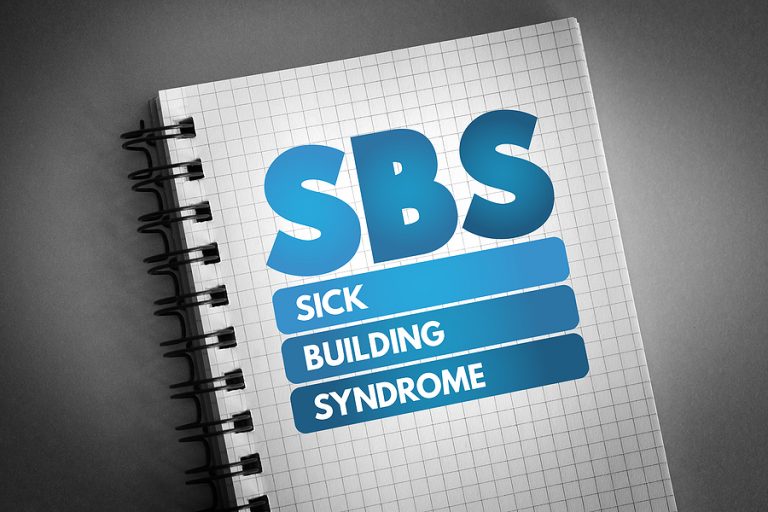Sick Building Syndrome Could Get You In Legal Trouble
 Michael Babboni
Premises Liability
Whether it is a home, an office, a grocery store, or even an amusement park, anyone in Florida that owns a residential, commercial, or industrial property has some basic legal responsibilities. The most important of those is to exert a reasonable amount of preventive effort to create an environment safe for residents, employees, customers, or other visitors.
Michael Babboni
Premises Liability
Whether it is a home, an office, a grocery store, or even an amusement park, anyone in Florida that owns a residential, commercial, or industrial property has some basic legal responsibilities. The most important of those is to exert a reasonable amount of preventive effort to create an environment safe for residents, employees, customers, or other visitors.Failure to do this is known as premises liability. It means if there is a risk on the property that the owners are aware of but have decided to ignore, they are both legally and financially responsible to an accident victim if that risk results in harm.
One example of premises liability is called “sick building syndrome,” but what is it, and how does it affect people?
A Virulent Environment
“Sick Building Syndrome” is a term used to describe the phenomenon where people experience symptoms of illness simply by spending time in a building. The symptoms and illnesses can vary across an entire spectrum. On the minor end, some symptoms may manifest as minor signs of an allergic reaction, such as sneezing or watery eyes.
However, on the opposite end of the spectrum, SBS can result in severe symptoms like memory loss, an inability to concentrate, lung and heart conditions, and even death if the illness goes untreated. The issue with SBS is that some factor within the building is causing residents, employees, or visitors to react badly and, in some cases, become ill. There can be numerous causes for this, but some of the most common are:
Mold
Mold is everywhere, but if mold infests a building in large concentrations or is a mycotoxin strain, such as “black mold,” serious illnesses can develop over time for people inside the structure. The illnesses arise due to respiratory infections. Mold reproduces by sending spores into the air, so a large mold infestation in a building means that people continually breathe spores into their lungs as long as they remain in the building.
Typically, mold will infest a space in darker, moist areas of a property. There is usually a distinctive smell to indicate the presence of mold. So usually, if a property owner ignores the smells or refuses to inspect a property even after people report symptoms, that ignorance is unlikely to be excused in court.
Asbestos
Asbestos was once hailed as a wonder material that was relatively cheap, easy to use, and gave structures considerable fire resistance. However, the downside of asbestos is that it was eventually discovered to be carcinogenic. That is, when asbestos particles are breathed in over a sufficient period, those breathing in asbestos particles are likely to develop serious—often fatal—cancer. This is why while it was widely used in older buildings, it has been phased out in modern structures.
However, this only happens if asbestos is disturbed and breaks down into smaller particles from its original solid form. An examination of a building by experienced inspectors can reveal whether an older building is lined with asbestos.
Knowledge Is Liability
Whoever knows that a building may have SBS is ultimately responsible for any harm that results in it. This means that if a new owner purchases the property and the previous owner knows about the hazards but fails to disclose them, the new owner may be in a position to transfer legal liability to the previous owner. However, if you are informed of this and fail to address it yourself as an owner, this puts you in legal jeopardy.
If you’re a resident or a visitor that has gotten ill due to sick building syndrome, talk to a premises liability attorney in St. Petersburg about ensuring that whoever is ultimately responsible for making you sick compensates you for it.
